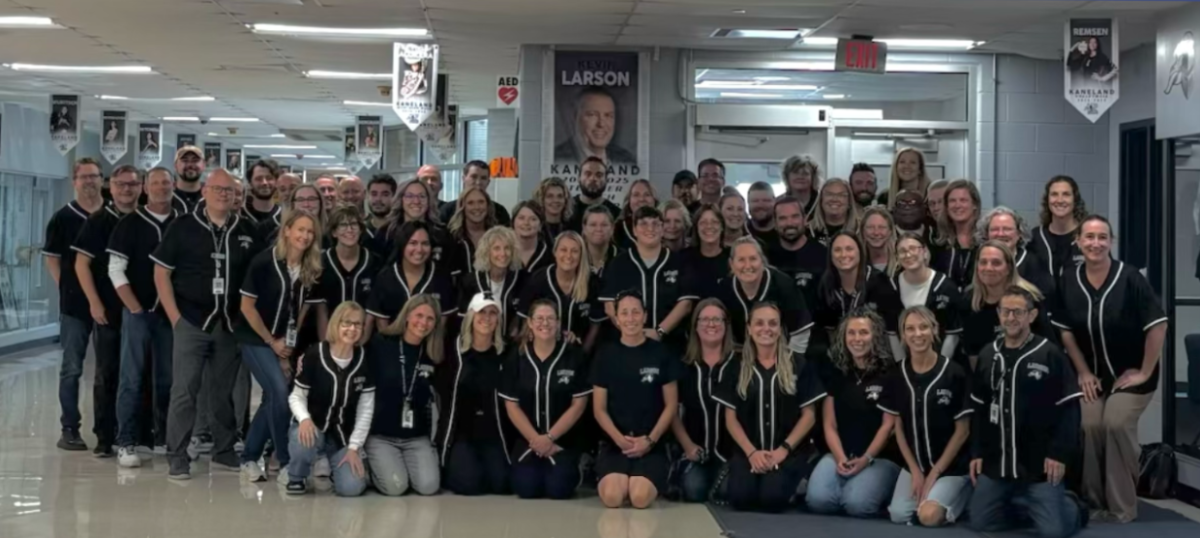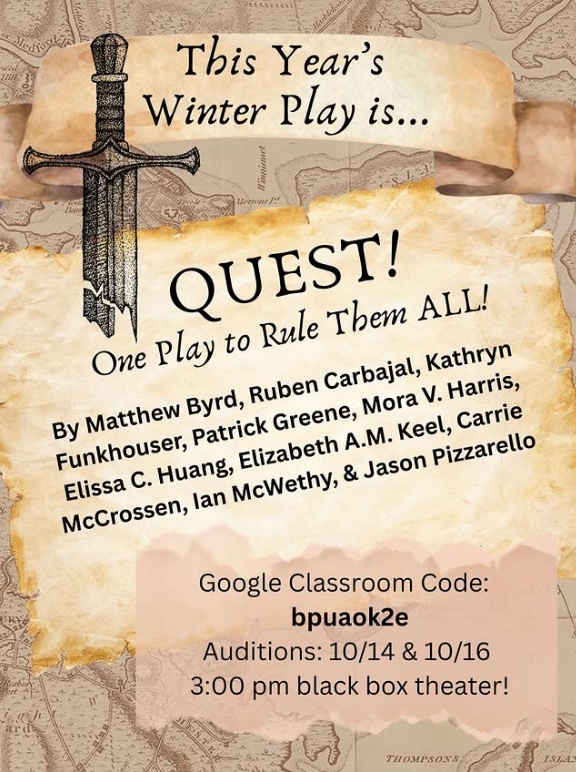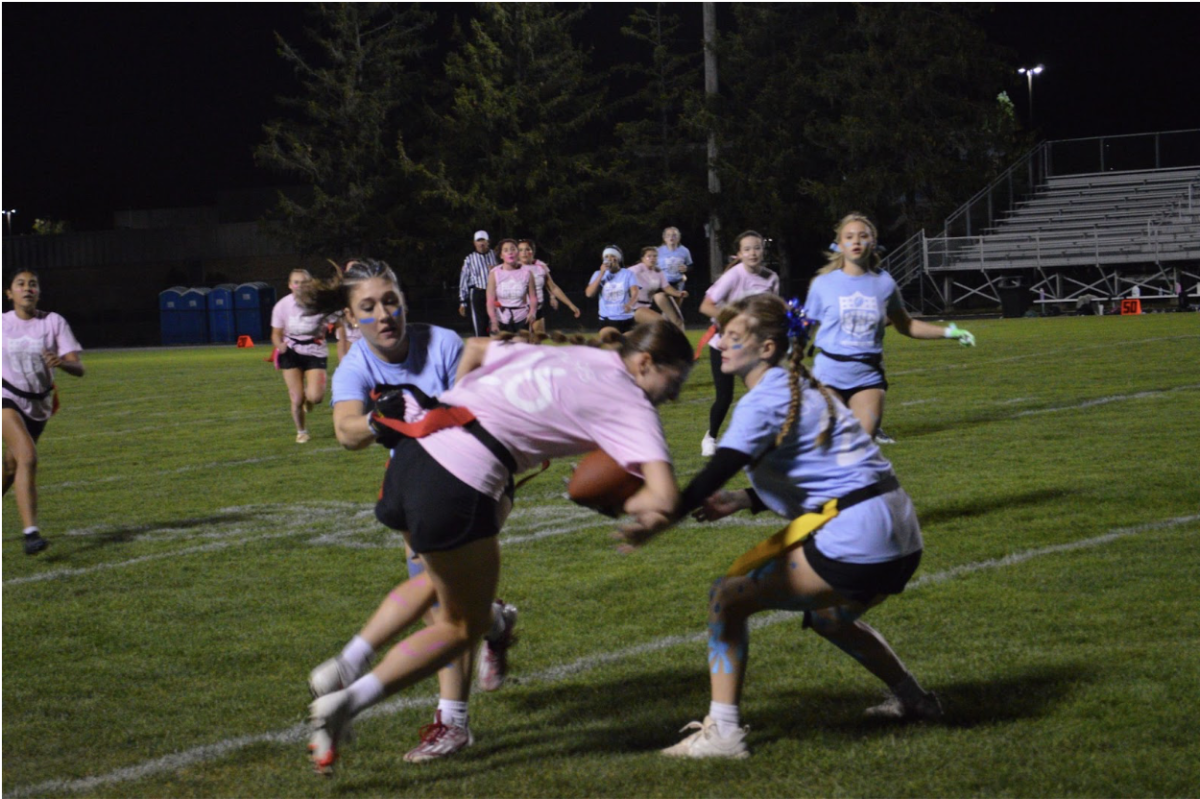
This past summer has included national protests against a range of President Donald Trump’s policies that have had local impacts as well, drawing the attention of Kaneland students and teachers. A public outcry of this magnitude is a common theme in American history, with people often coming together to fight for civil rights and against issues like government overreach.
National Public Radio (NPR) reports that, since Trump’s inauguration on Jan. 20, 2025, Trump has removed thousands of federal jobs, prioritized Immigration and Customs Enforcement (ICE) raids to target immigrants, and raised tariffs on goods from foreign countries. Such actions motivated the 50501Movement, which stands for 50 protests, 50 states and 1 movement.
While the protests have been continuously highlighted on various social media platforms and nightly newscasts, local residents have also addressed their concerns.
“It was genuinely exciting to see so many different people come together,” junior Adyson Koss said. “It makes me happy knowing that people haven’t given up, even with everything that’s been going on.”
Some protests occurred before this past summer, such as the Day Without Immigrants protests on Feb. 3. Instead of people marching like many of the most recent rallies, this February protest involved immigrants calling off from work and school, closing businesses and not making purchases. The goal of this protest was to demonstrate the need for immigrants in the United States. Many protestors were concerned with the humanitarian and economic consequences that could occur with Trump’s plans form mass deportation of immigrants.
On April 5, protestors gathered to demand that the Trump administration, along with Elon Musk, keep their “hands off” of the United States, according to the official Hands Off! website. The message from organizers of this Hands Off! protest was to march peacefully, with violence of any kind strictly forbidden.
Another significant protest took place in Los Angeles this past June. According to a June 10 PBS News article, Trump directed 2,000 National Guard troops and 700 Marines to Los Angeles against the wishes of the California Governor Gavin Newsom. This directive doubled the amount of National Guard troops who were already in the area due to what the president described as the violent nature of some of the protests, with these protests focused on the government’s handling of immigration policies.
“The president sending in the National Guard in a situation where there has not been violence or looting really happening yet is pretty unprecedented,” social studies teacher Jessica McNally said. “It is not what’s normally done, and in some ways, I think we saw that it stirred up more problems than it solved.”
The No Kings protest then took place on June 14. Citizens gathered throughout the country to protest what they perceived as Trump’s authoritative style and disregard for other branches of the government. The marches were scheduled for the same day as Trump’s military parade in Washington, D.C.
similarly, the Good Trouble Lives On protest on July 17 also attracted protestors in various parts of the country. This protest commemorated late congressman John Lewis fives years after his passing. Lewis was a civil rights leader and a politician from Georgia, and his phrase “good trouble” has been popularized as a way to express the spirit of protesting.
“I continue to call and write to my representatives and attend protests like this.” Oswego resident Bryan Ruff said at a Good Trouble Lives On protest in Yorkville. “I want to make as many people aware of what is going on as possible.”
As people continue to argue about Trump’s policies, ICE raids have continued throughout the country, which is one of the biggest concerns for some citizens.
“I know a lot of vulnerable people. and I know that we are all human,” former Plainfield High School English teacher Nancy Eichelberger said at the same protest.
Despite concerns that opponents of Trump’s policies may have, many remain hopeful for the future as they continue to advocate for their beliefs.
“If they did not listen the first time, then showing up again, even bigger and louder, makes it harder for them to ignore us,” Koss said. “It proves we’re serious and not going to back down.”













